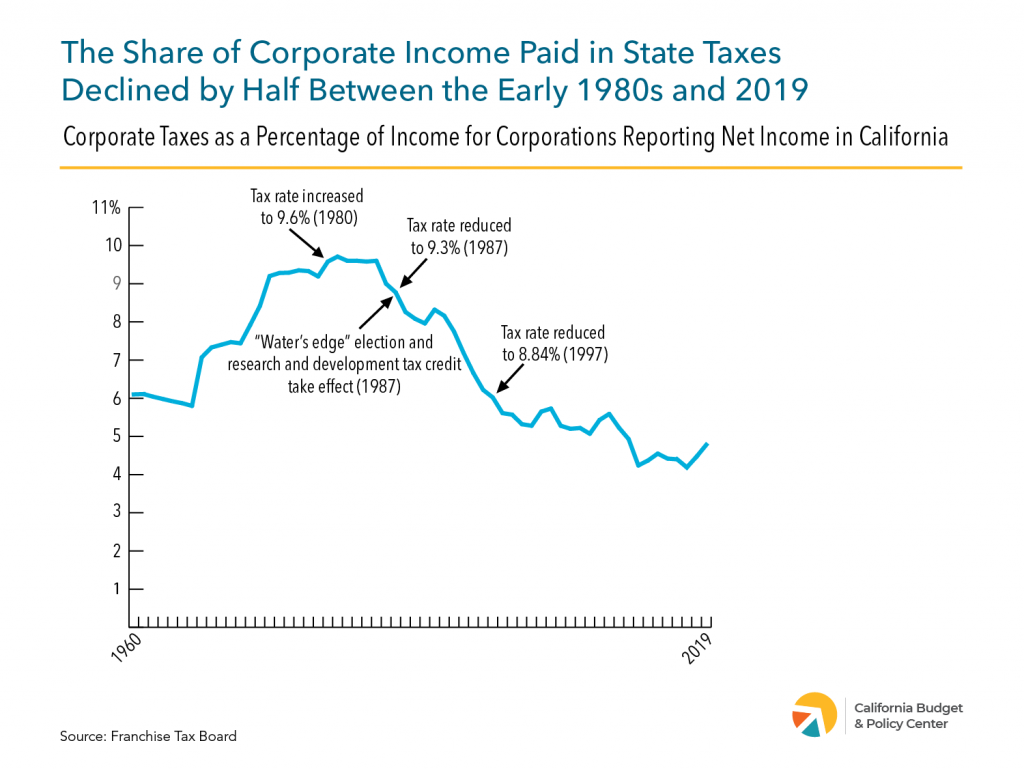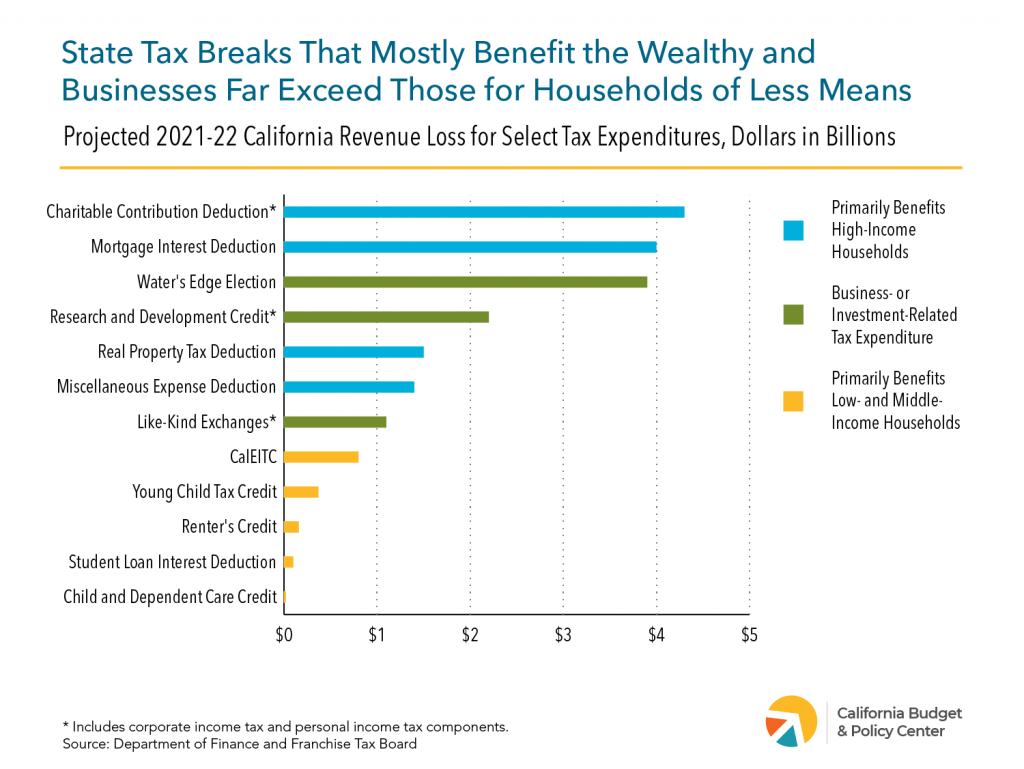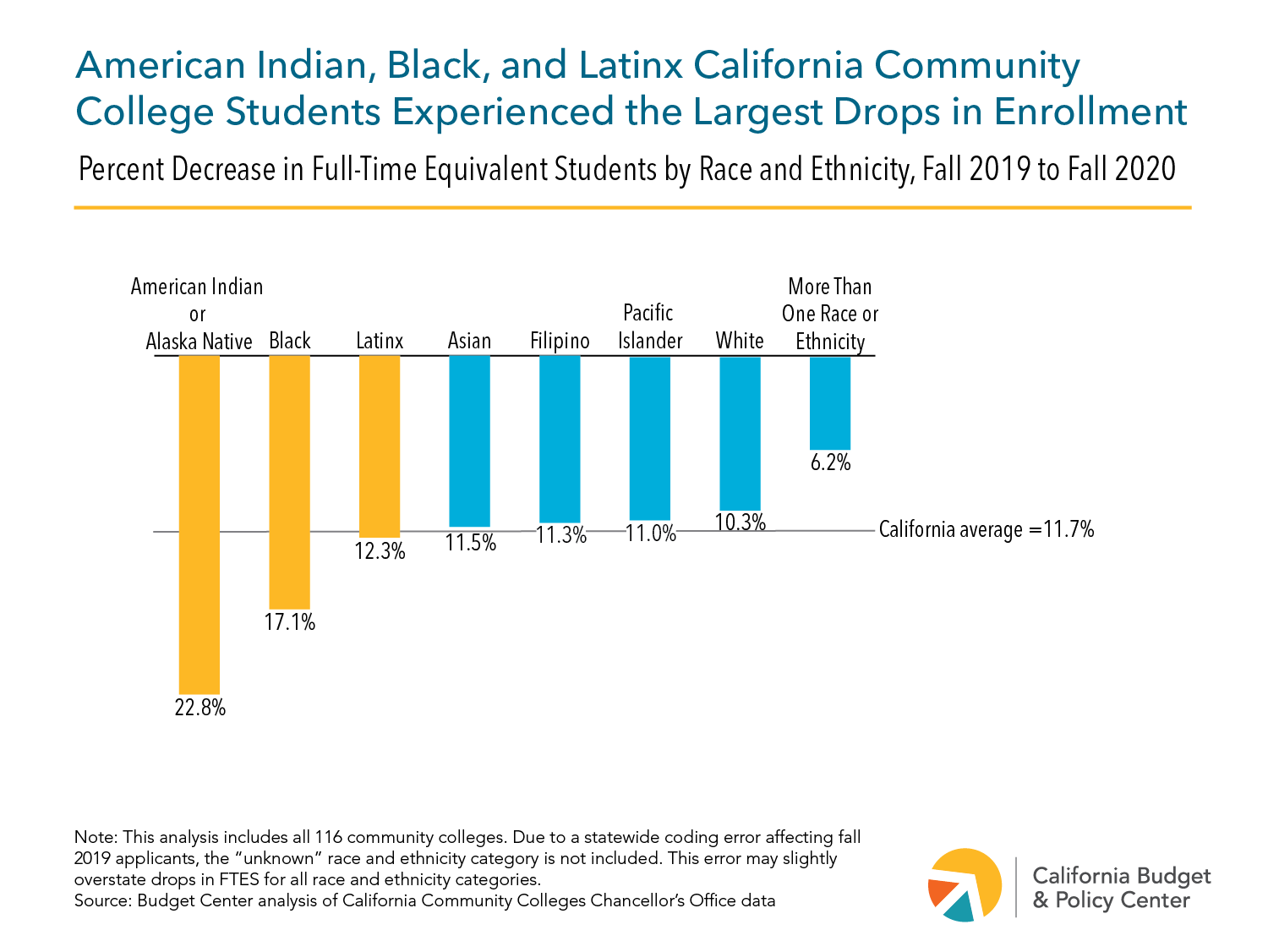All California children deserve to grow up in a state that provides their basic needs. CalWORKs is a key part of the California safety net designed to provide families with low incomes financial support to meet their basic needs. However, state policies that reinforce counterproductive federal work requirements limit families’ access to this program. These policies include penalizing CalWORKs parents who are not meeting program requirements by imposing unnecessarily harsh sanctions that reduce their monthly grants.

On average, the families of 60,000 children are affected by sanctions each month.1Based on Budget Center analysis of Department of Social Services data for August 2022, the most recent month with available statewide data. For typical CalWORKs single-parent families, sanctions can cut monthly grants by about $120, and a single-parent family with two children can lose up to a maximum of $235 each month. If the family’s grant is reduced by sanctions for an entire year, they can lose up to $2,820 annually — or about one-fifth of the total income they would otherwise receive from CalWORKs to pay for their basic needs.
Research shows that sanctioned recipients are often those who face the most barriers to employment and do not fully understand the sanctions process due to limited education, learning disabilities, or mental health problems.2Rachel Kirzner, TANF Sanctions: Their Impact on Earnings, Employment, and Health (Center for Hunger-Free Communities, Drexel University, March 23, 2015). As California moves to reimagine the CalWORKs program to better support participants, building on recent state reforms including CalWORKs 2.0 and Cal-OAR, and reconsidering the penalty pass-on structure related to the Work Participation Rate (WPR), it must also consider the negative impact of sanctions on families. California should strive to lift families up through its safety net programs by offering support and can take steps to minimize the amount or length of sanctions to reduce harm to families.













